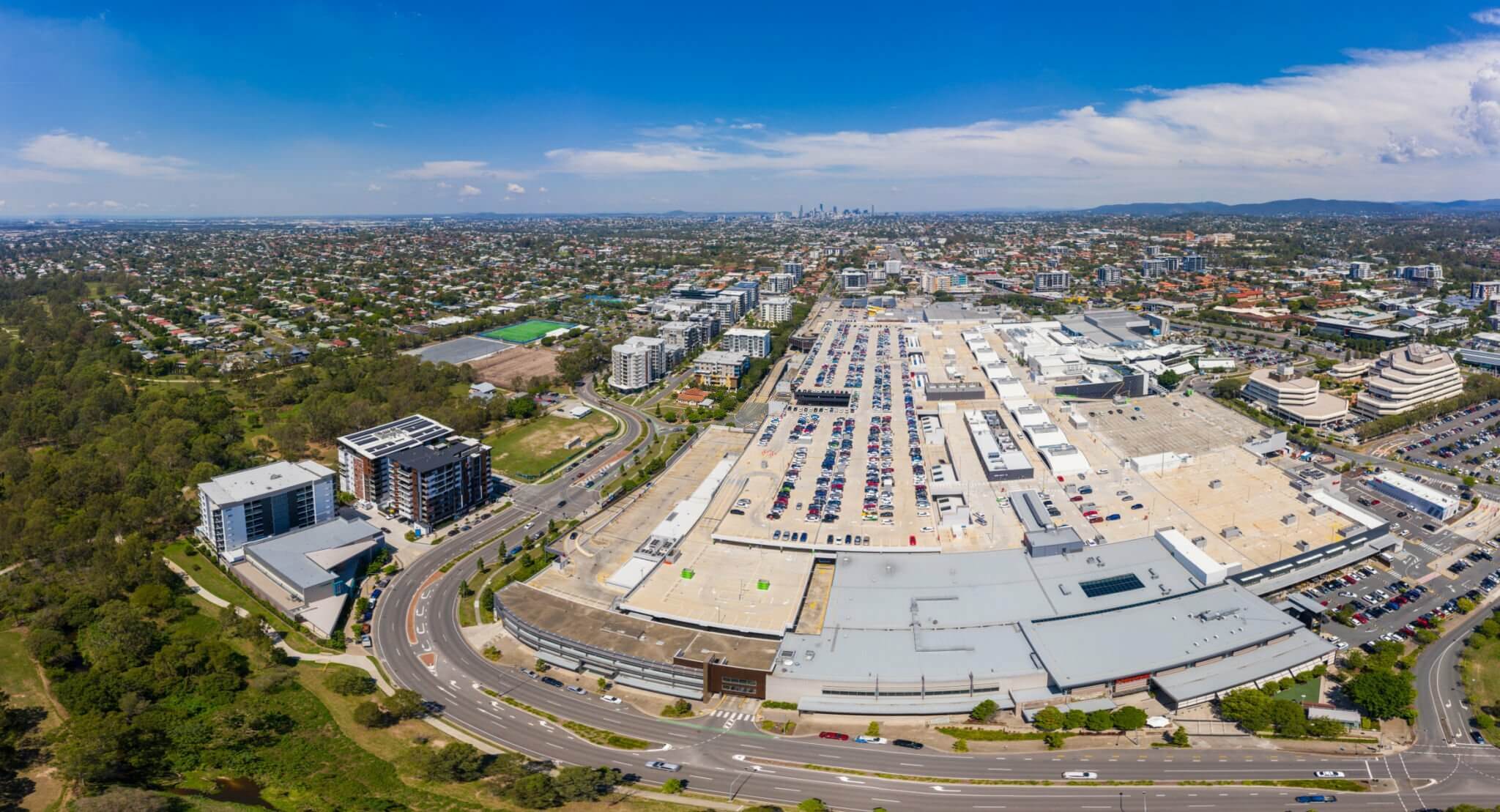When it comes to property investment in Australia, one of the fundamental decisions investors face is choosing between residential and commercial properties. Each sector offers distinct advantages, challenges, and market dynamics. Understanding these differences is crucial for making informed investment decisions.
1. Market Dynamics
Residential property investment is often driven by factors like population growth, housing demand, and lifestyle trends. In contrast, commercial property investment is influenced by economic conditions, business growth, and commercial leasing trends. Residential markets tend to be more stable but can offer lower yields compared to the commercial sector, which can be more volatile but often provides higher returns.
2. Investment Returns and Risks
Residential properties generally offer lower rental yields but are seen as a safer investment due to consistent demand for housing. Commercial properties, on the other hand, can provide higher rental yields but come with higher risks, such as longer vacancy periods and dependency on the economic health of businesses.
3. Lease Terms
Lease terms in commercial real estate are typically longer than in residential. Commercial leases can run for several years, providing a more stable income stream, whereas residential leases often last for 6 to 12 months. However, longer lease terms in commercial properties mean that adapting to market changes can be slower.
4. Maintenance and Management
Residential properties usually require more active management and maintenance due to more frequent tenant turnover. Commercial properties, while potentially requiring more complex maintenance, often have tenants responsible for these costs under a net lease agreement.
5. Financing and Investment Scale
Financing commercial property often requires a larger initial investment and may come with higher interest rates than residential properties. Investors in commercial real estate typically need a higher capital outlay and may face more stringent lending criteria.
6. Market Entry and Exit
The residential market is generally more accessible for first-time investors due to its lower entry cost and the abundance of available properties. Exiting a residential investment can also be quicker due to a larger pool of potential buyers. In contrast, commercial properties often require more specialized knowledge to both enter and exit the market successfully.
7. Diversification and Portfolio Balance
Investing in both residential and commercial properties can offer diversification benefits. While residential properties can provide stability and consistent rental income, commercial properties can balance your portfolio with potentially higher returns.
8. Tax Implications and Legalities
Understanding the tax implications and legalities for both residential and commercial properties is essential. There are differences in how each is treated regarding tax deductions, capital gains, and legal responsibilities towards tenants.
Conclusion
Investing in residential vs. commercial property in Australia presents a range of different opportunities and challenges. Residential properties offer more stability and ease of entry, making them suitable for new investors. Commercial properties, while more complex, can provide higher returns and longer lease terms, appealing to more experienced investors. Ultimately, the choice depends on your investment goals, risk tolerance, and the level of involvement you wish to have in managing your property investment.

Leave a Reply